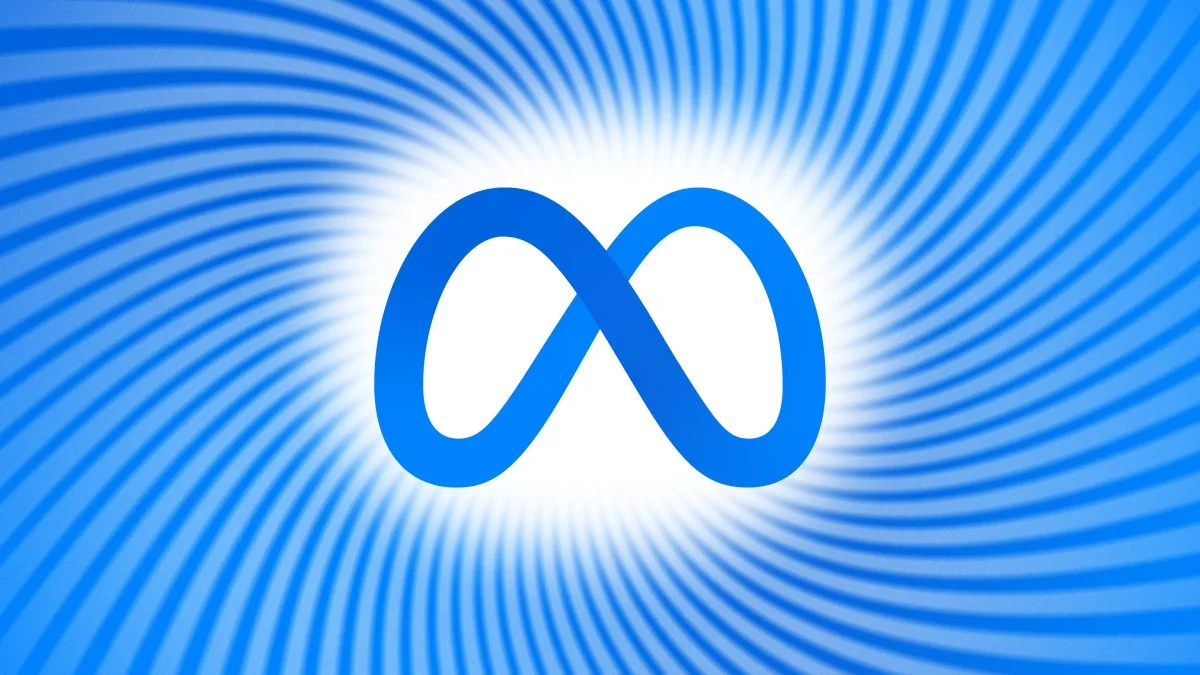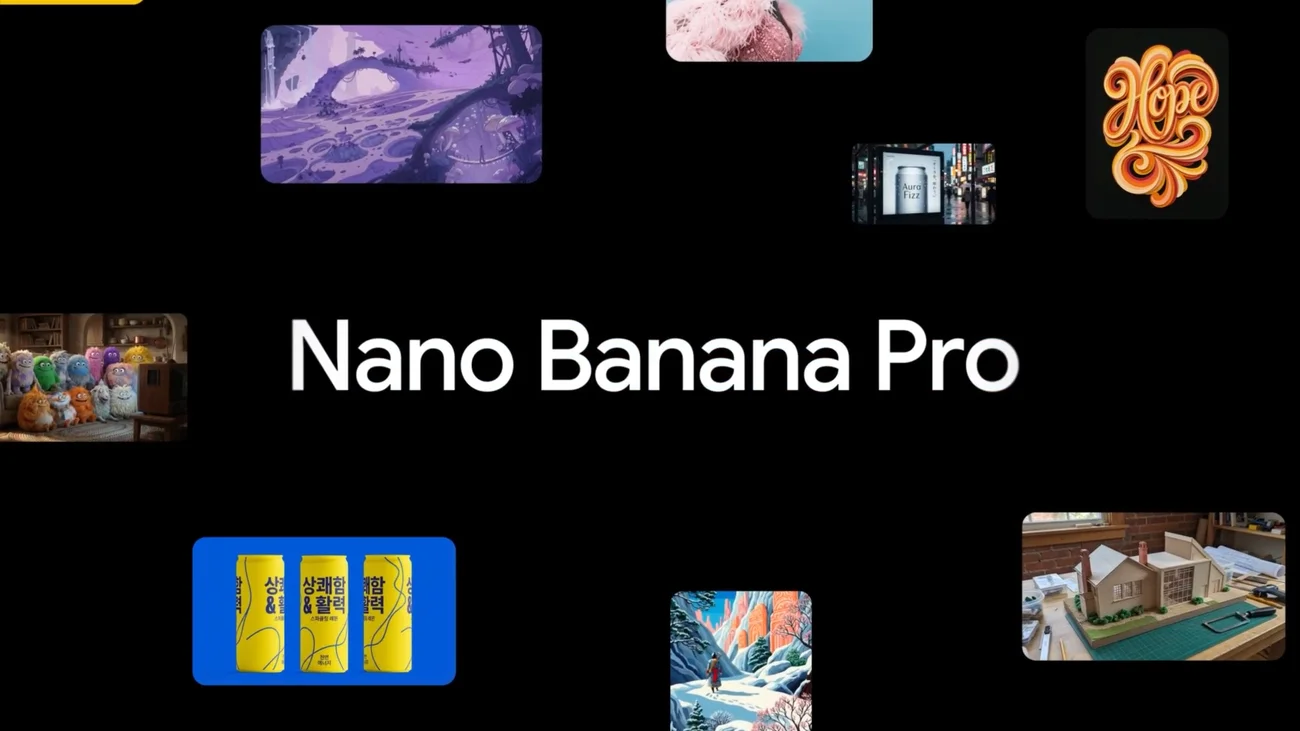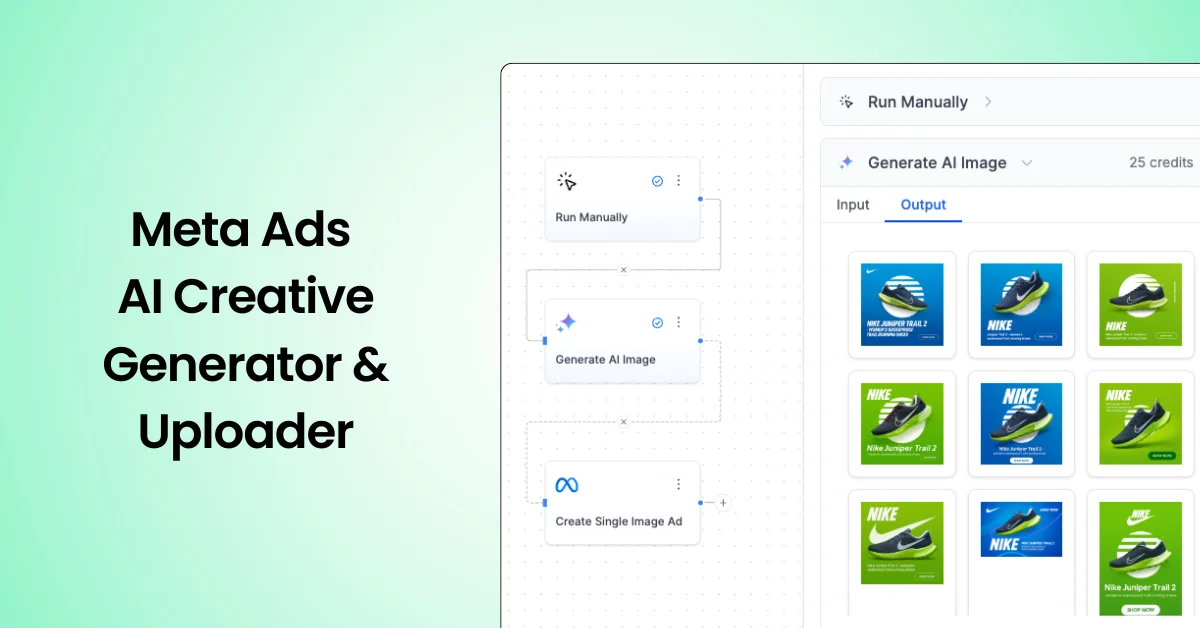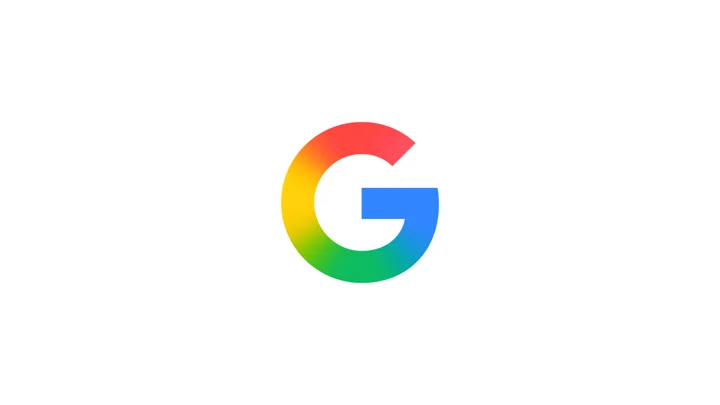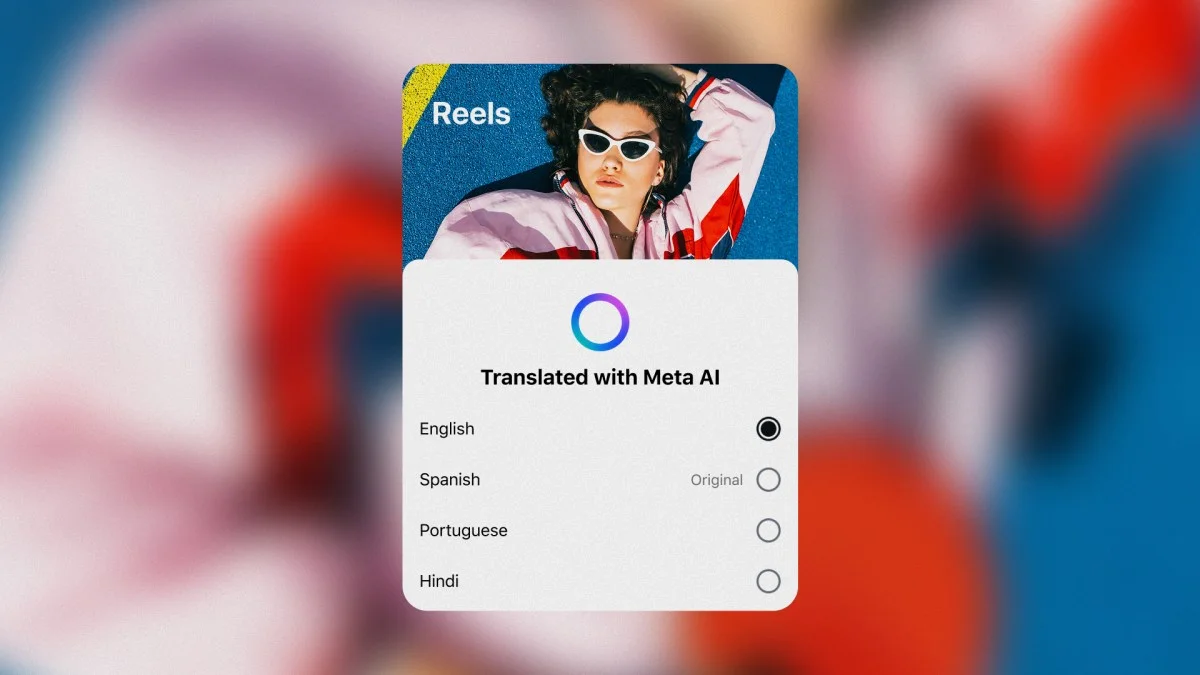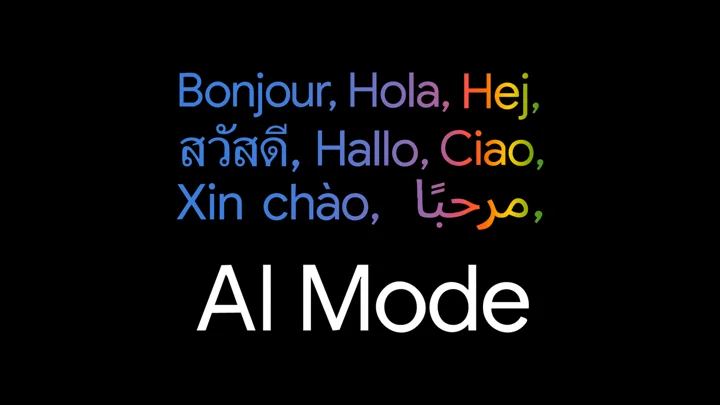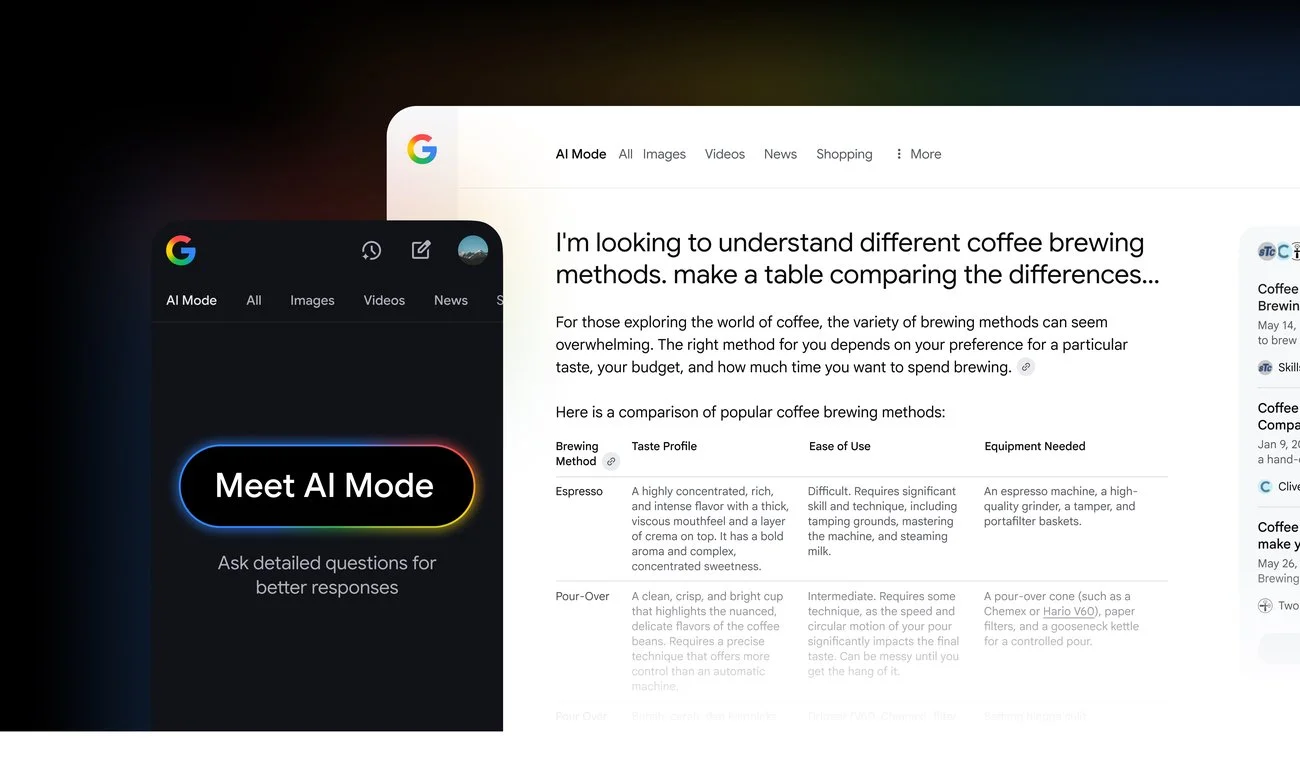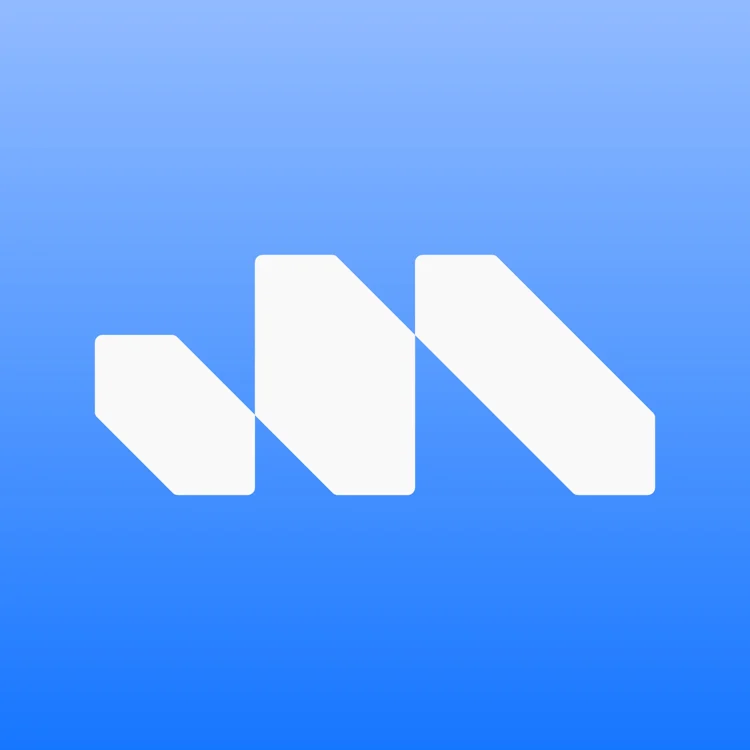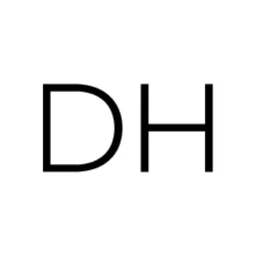Meta CEO Mark Zuckerberg has expressed a commitment to making artificial general intelligence (AGI) widely available in the future. However, in a recent policy document, the Frontier AI Framework, Meta indicates it may halt the release of certain AI systems deemed too risky. The framework categorizes AI systems into two risk levels: “high risk” and “critical risk.”
- High-risk systems can facilitate cybersecurity, chemical, and biological attacks but are less reliable than critical-risk systems.
- Critical-risk systems pose a potential for catastrophic outcomes that cannot be mitigated in their deployment context.
Examples of risks include the automated compromise of secure corporate environments and the proliferation of biological weapons. Meta acknowledges that the list of potential catastrophes is not exhaustive but highlights what it considers urgent and plausible risks.
Meta's classification of system risk is based on input from internal and external researchers, rather than empirical tests, as the company believes current evaluation science lacks robust quantitative metrics. If a system is classified as high-risk, Meta will restrict internal access and delay its release until risk mitigation is achieved. For critical-risk systems, development will cease until security measures are implemented to reduce danger.
The Frontier AI Framework appears to be a response to criticism regarding Meta's open approach to AI development, contrasting with companies like OpenAI that limit access to their systems. While Meta's Llama AI models have seen significant downloads, they have also been misused, highlighting the challenges of an open release strategy.
In publishing this framework, Meta aims to balance the benefits and risks of advanced AI, ensuring technology is delivered to society responsibly while maintaining an appropriate risk level.
